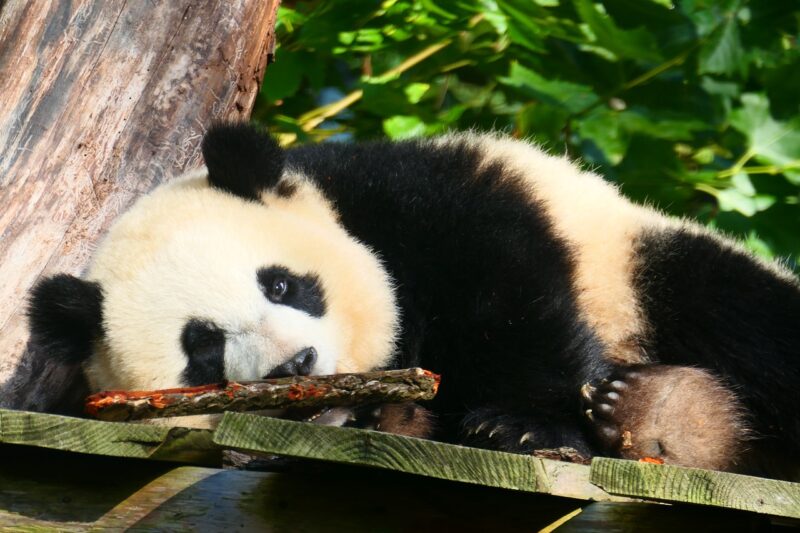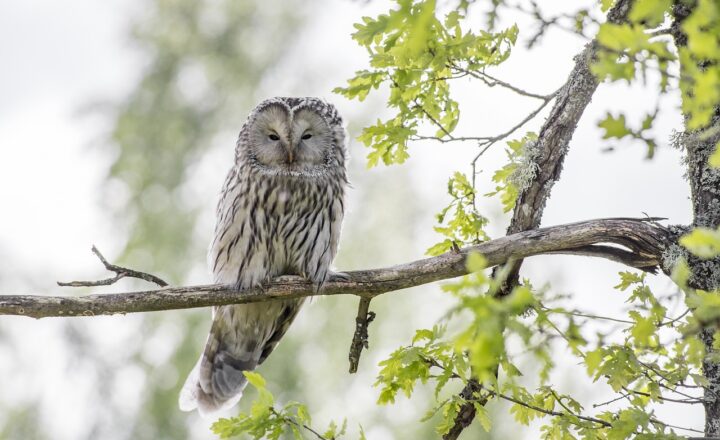The Fascinating Mating Rituals of Pandas and What We’ve Learned from Them
November 15, 2024

Pandas are famed not only for their adorable appearance but also for their intriguing mating rituals that unfold in the bamboo forests of China. As one of nature’s most cherished animals, the giant panda has captured the hearts of many. However, their mating behaviors are complex and often misunderstood. In this article, we’ll explore the details of these fascinating rituals, what we’ve learned about panda reproduction, and the implications for conservation efforts.
1. Understanding Panda Behavior: Solitary Creatures with Unique Breeding Needs
Giant pandas are primarily solitary animals, learning to survive alone within their territories. However, when the breeding season approaches, which typically occurs in late March to early May, their behavior takes a distinct turn. During this time, female pandas enter a state of estrus, which lasts for only 24 to 72 hours – a brief window when they are fertile.
Interestingly, during the rest of the year, pandas prefer to avoid each other, navigating their vast habitats solo. This solitary nature adds an additional layer of challenge to breeding efforts, both in the wild and in captivity.
2. The Mating Process: Communication and Courtship
The courtship behaviors of pandas involve a series of vocalizations, movements, and postures that set the stage for mating. Female pandas send out mating calls or vocalizations, letting males know that they are ready to mate. These calls can carry over vast distances, and males instinctively respond to their call.
Once a male has arrived, courtship begins. This process can involve affectionate behaviors such as:
- Nuzzling and sniffing each other to assess compatibility and readiness.
- Playful behaviors such as rolling and wrestling, which help establish a bond between them.
- The male often performs a series of mating dances, showcasing his strength and vigor to impress the female.
One of the challenges of panda mating is that females are only receptive for a short window. If they do not mate successfully during estrus, they will not return to heat until the following year.
3. Post-Mating Behavior: Nurturing and Nesting
After successful mating, the behavior of both sexes changes. The female begins to prepare for her pregnancy by creating a comfortable, secure den where she can give birth. They often select a secluded spot and gather soft bedding materials, including bamboo leaves and soft grasses.
Remarkably, panda pregnancies can be complicated. Female pandas have the ability to delay fertilization and can even give birth to twins, depending on their conditions and the availability of resources. In the wild, it’s often the case that only one cub survives, as mothers typically prioritize one over the other, focusing on raising the strongest cub.
4. Challenges in Breeding: Conservation and Care in Captivity
Breeding giant pandas in captivity poses significant challenges. Many wildlife reserves and zoos around the world have established programs to encourage breeding and educate the public about the species. However, successful mating can still be elusive.
Conservationists have employed several strategies to improve success rates including:
- Artificial insemination techniques, which have enabled more controlled breeding events.
- Observation of mating behaviors in controlled environments to learn and imitate natural matings as closely as possible.
- Creating optimal living situations that mimic natural habitats, allowing for better comfort and a natural approach to mating habits.
Despite these efforts, the very low fertility rates of female pandas and the limited breeding season continue to pose challenges.
5. Key Takeaways: What We’ve Learned from Panda Mating Rituals
The study of panda mating rituals offers valuable insights into both the species and general animal behavior, revealing the intricate balance of reproduction in the wild. These insights include:
- The importance of environmental factors: Natural habitats that provide adequate food and shelter are crucial for successful mating and cub survival.
- Understanding the role of instincts: The solitary nature of pandas affects their breeding and mating behaviors, highlighting the need for more species-specific knowledge in conservation practices.
- Leveraging technology for conservation: Improved understanding of reproductive techniques and behaviors can lead to better conservation strategies overall.
As we learn more about the fascinating mating rituals of pandas, we can draw parallels to other species and further the understanding of animal behavior across the board. Preservation and empathy for this iconic species will remain a priority as we strive to keep the natural world in balance.
Conclusion: The Future of Panda Conservation
Our growing understanding of panda mating rituals and reproductive habits plays a crucial role in the conservation efforts that continue to be necessary today. Engaging the public through education on these unique processes can foster a greater appreciation for pandas and make significant strides towards ensuring their future in the wild.
Through continued research and conservation efforts, we aim to preserve not just the giant panda but the ecological systems that support their survival. As we learn from these magnificent creatures, we’re also reminded of the responsibilities we hold in safeguarding their future for generations to come.







